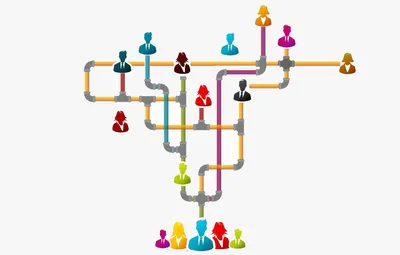According to CIPD Ireland, 39% of organisations say the time taken to fill a vacancy has increased over the past year. Many are also seeing higher rates of unsuccessful hires due to talent shortages and poor alignment between candidate skills and role expectations.
LinkedIn Talent Insights highlights how talent shortages across Europe are lengthening hiring cycles and fuelling competition for specialist roles – particularly in highly regulated sectors like biopharma, medtech, and advanced manufacturing.
Meanwhile, research from Oxford Economics and the Centre for Economic and Business Research estimates that replacing a misaligned hire in Western Europe can exceed €30,000 once recruitment, onboarding, and lost productivity are considered.
So why do so many organisations still rely on reactive hiring? And how can they mitigate the risk of an unsuccessful appointment?
One solution gaining traction is Talent Pipelining.



